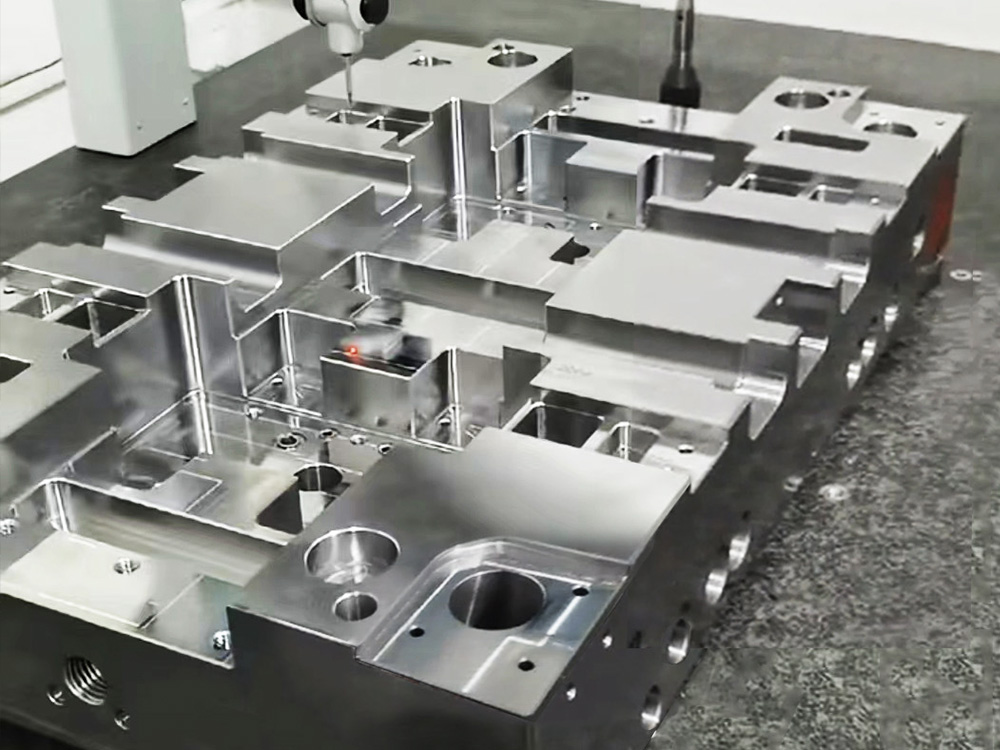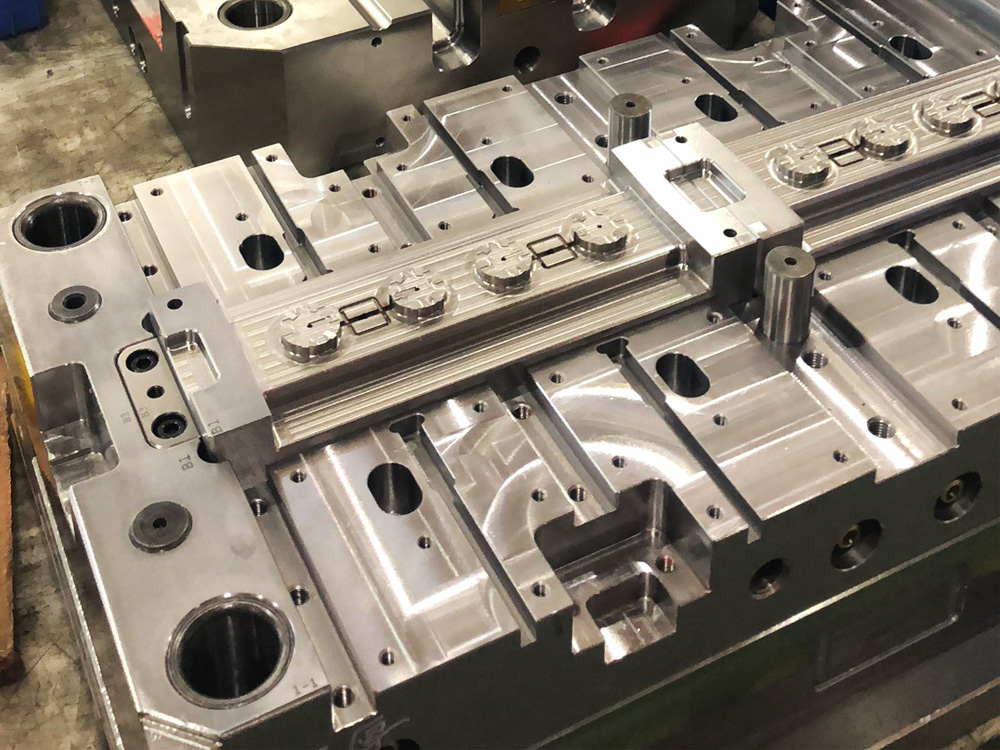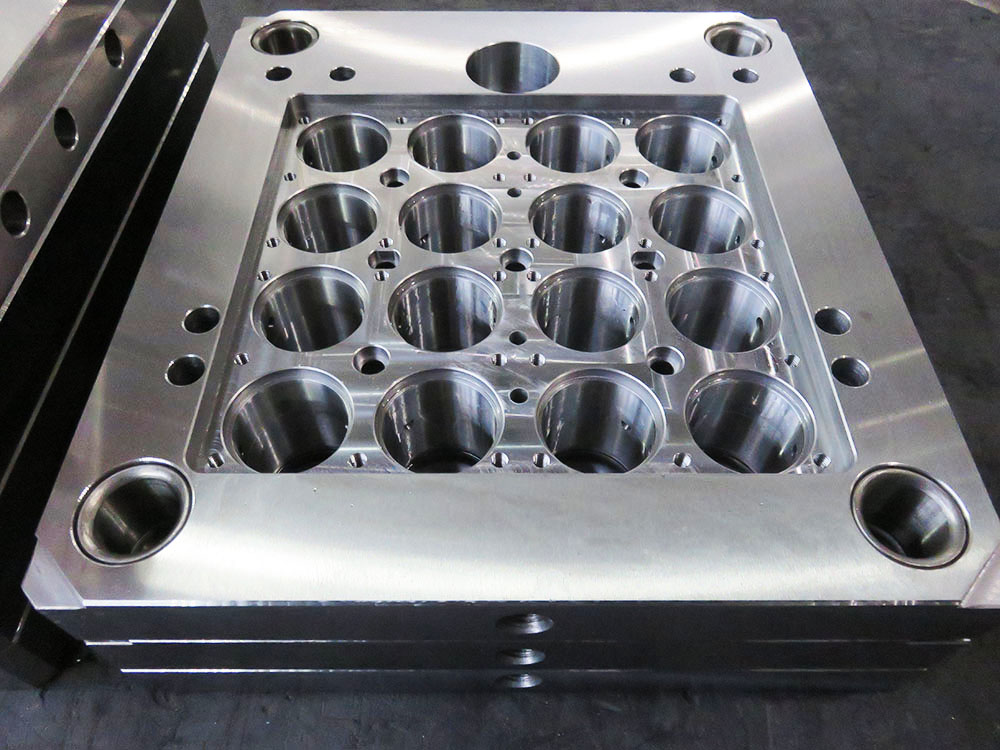How to Adjust the Model Framework of UG 10.0 in the Mold Base Industry
Introduction
UG 10.0 is a widely used software in the mold base industry due to its robust features and functionality. Adapting the model framework of UG 10.0 to specific requirements is essential for achieving optimal results. In this article, we will discuss the steps involved in adjusting the model framework of UG 10.0 for the mold base industry.Step 1: Understanding the Model Framework in UG 10.0
The model framework in UG 10.0 determines the structure and organization of the data within the software. It includes various components such as assemblies, parts, features, and relationships between them. Before making any adjustments, it is crucial to have a solid understanding of these components and their relationships.
Step 2: Analyzing the Requirements
To adjust the model framework effectively, it is essential to analyze the specific requirements of the mold base industry. This analysis should include factors such as the type of molds being designed, the level of complexity involved, and the manufacturing processes to be employed. By understanding the industry requirements, it becomes easier to align the model framework with these needs.
Step 3: Modifying Assembly Structures
One of the key aspects of adjusting the model framework is modifying the assembly structures in UG 10.0. This involves creating a hierarchical structure that reflects the different components of the mold base accurately. It is crucial to group the components logically and establish relationships between them to ensure smooth integration during the design process.
Step 4: Customizing Part Models and Features
In the mold base industry, customization plays a significant role in achieving unique designs. UG 10.0 allows for the customization of part models and features according to specific requirements. By customizing the part models, it is possible to define properties, dimensions, and other parameters relevant to the mold base industry. Similarly, the features in UG 10.0 can be tailored to accommodate industry-specific requirements, such as defining pockets and cutouts.
Step 5: Establishing Relationships between Components
Another critical aspect of adjusting the model framework is establishing relationships between components in UG 10.0. This can be done using features like constraints and connections. By defining these relationships, it becomes easier to maintain the integrity and functionality of the mold base design. Additionally, relationships play a crucial role in automating design changes and updates.
Step 6: Configuring Design Validation Tools
To ensure the accuracy and efficiency of mold base designs, UG 10.0 provides design validation tools. Adjusting the model framework involves configuring these tools to meet the specific requirements of the mold base industry. This includes setting up checks for interference, clearance, and other design factors that are critical in mold base manufacturing.
Conclusion
Adjusting the model framework of UG 10.0 is an essential task in the mold base industry. By understanding the components of the model framework, analyzing industry requirements, and making appropriate modifications, it becomes possible to align UG 10.0 with specific needs. This ensures efficient and accurate mold base designs, leading to improved productivity and customer satisfaction.




